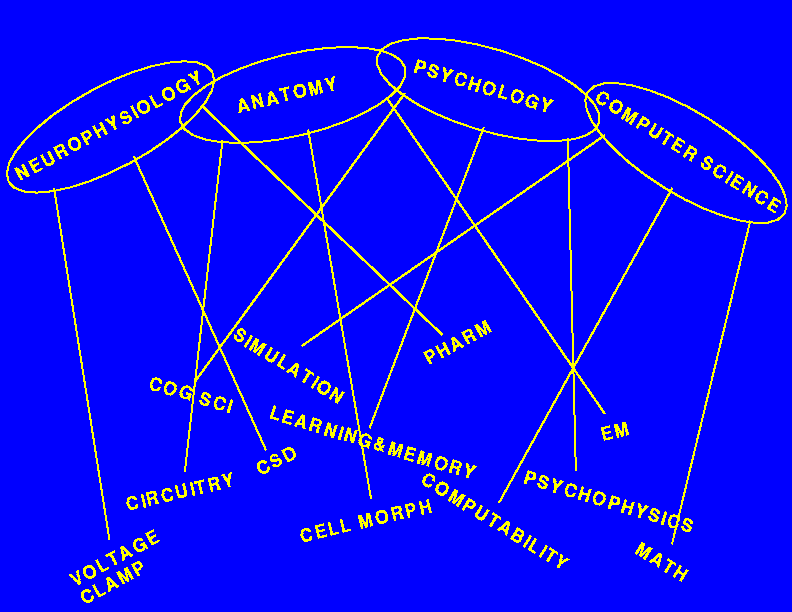
A principal difficulty in trying to understand brain function, and dysfunction, is that the research entails everything from the behavior of molecules on up to the behavior of people. Not only must this information be gathered, it must also be linked together to provide explanation and prediction. Computational neuroscience has emerged as a set of concepts and techniques to provide these links for findings and ideas arising from disparate types of investigation.

In many ways, the brain is not much like the computer. Yet, both as a direct model of certain aspects of brain functioning and as a tool for exploring brain function, the computer enjoys many advantages over previous models and metaphors for brain function. New, more precise, concepts of information and memory have grown out of the use of telecommunication and data processing equipment. These concepts are applied to our thinking about the brain. In addition to being a source of new ideas, the computer is itself valuable as a tool. The computer model, or simulation, allows hypotheses to be tested explicitly, whether the high-level hypotheses of cognitive neuroscience or the low-level hypotheses of membrane and channel biophysics.
Our research efforts have been directed towards development and application of new conceptual and technical tools of computational neuroscience. Development projects have primarily been aimed at integrating the computer-science-derived top-down techniques of artificial neural networks with the neuroscience-derived bottom-up techniques of Hodgkin-Huxley, Rall and Traub. Application projects have been largely aimed at the problems of understanding neurological disease, particularly epilepsy and stroke.
Last updated: Jul 4, 2008 1436IP#